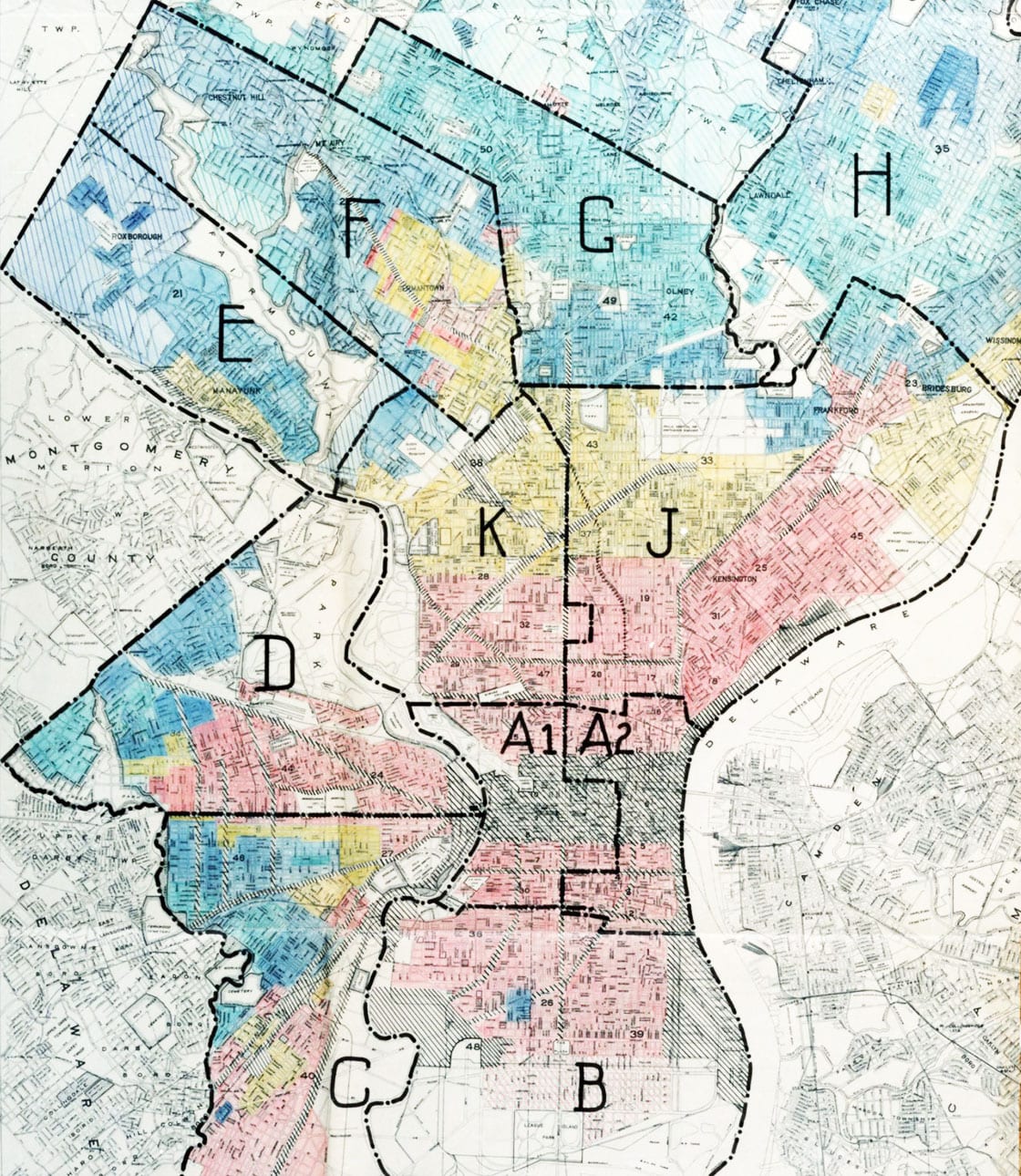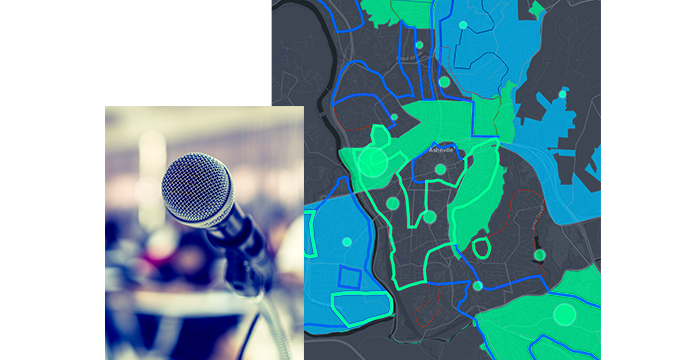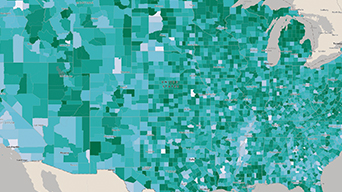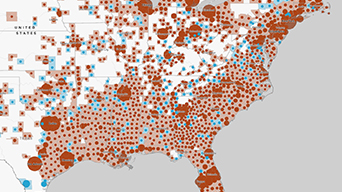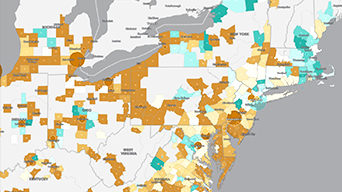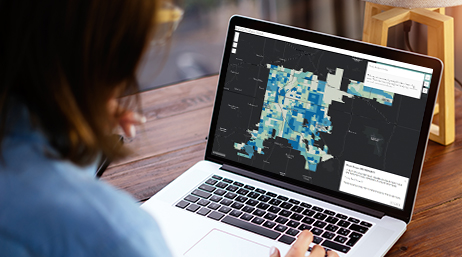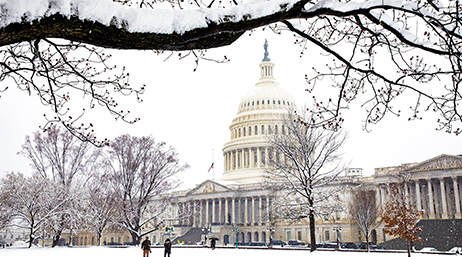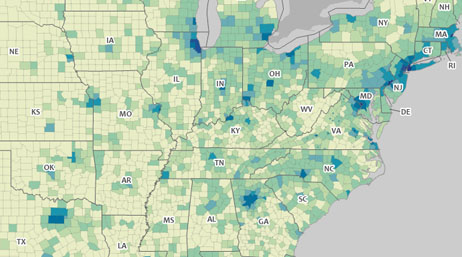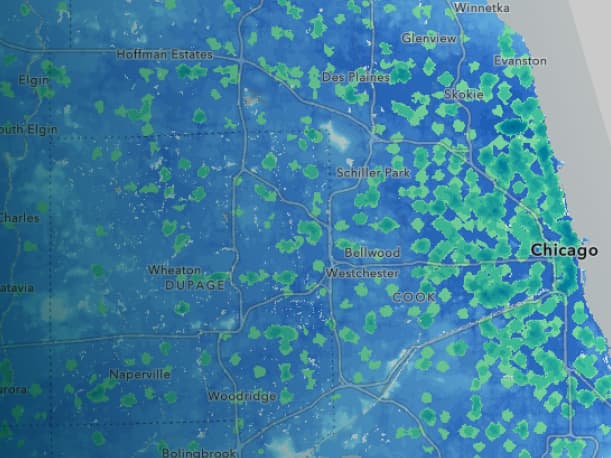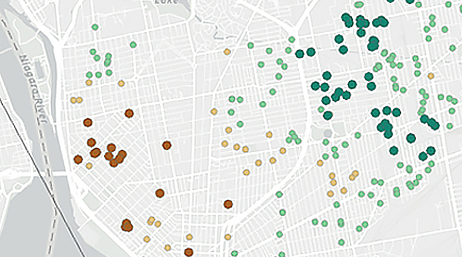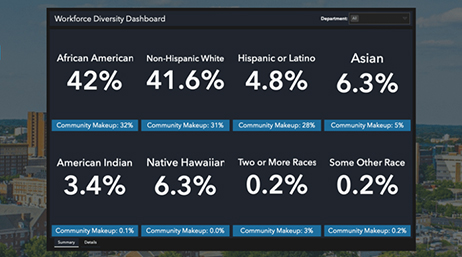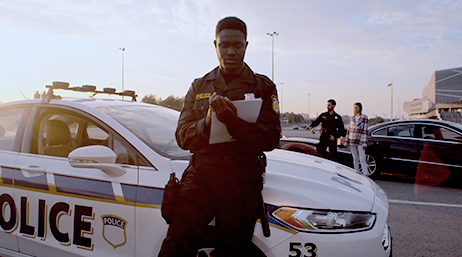Working to achieve racial equity in city and county government
Cities, counties, and regions worldwide are addressing institutional racism to ensure opportunities for all their constituents—and geography is critical to the solution. ArcGIS can help in creating a future where race and place no longer shape experiences and outcomes.
Map and analyze inequities
Apply a racial equity lens through maps and spatial analysis to reveal and understand inequities in experiences and outcomes in your community.
Operationalize racial justice best practices
Use maps, spatial analysis, and data to design, plan, and deliver equitable resource allocations that alleviate burdens on communities of color.
Manage performance for racial equity
Leverage decision-making tools to visualize racial inequities at a glance to adapt strategies and operations accordingly.
